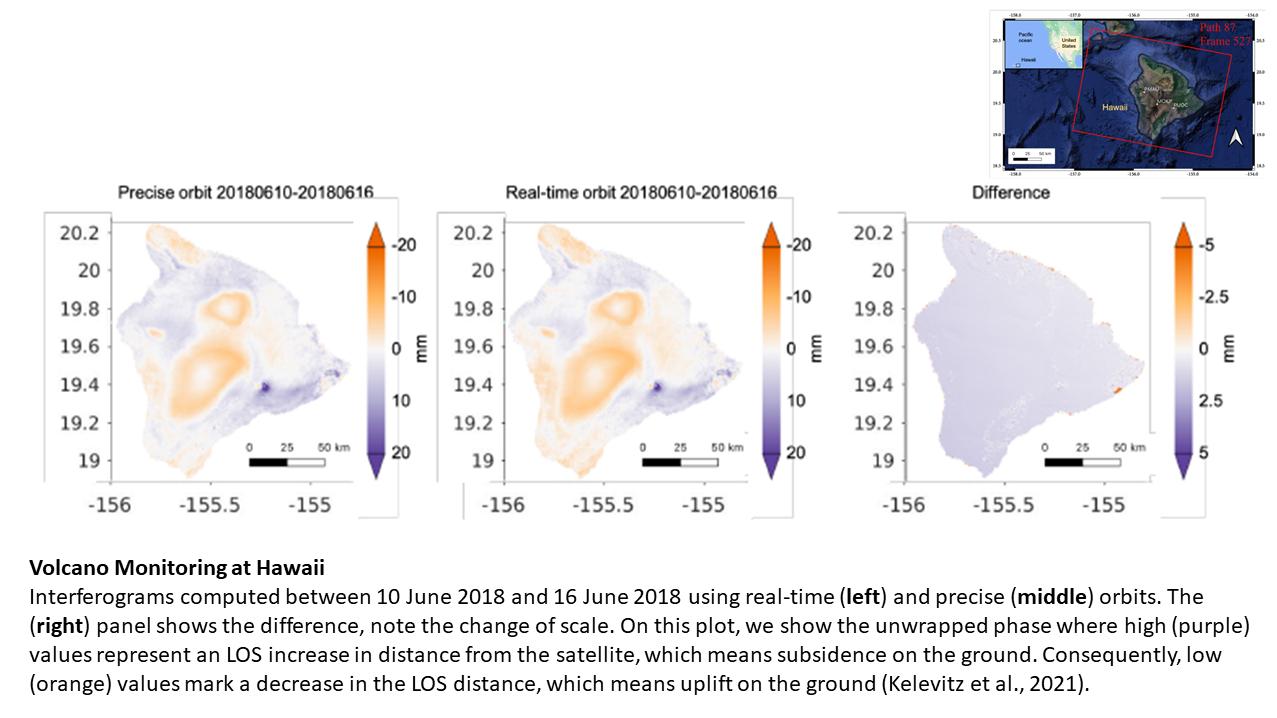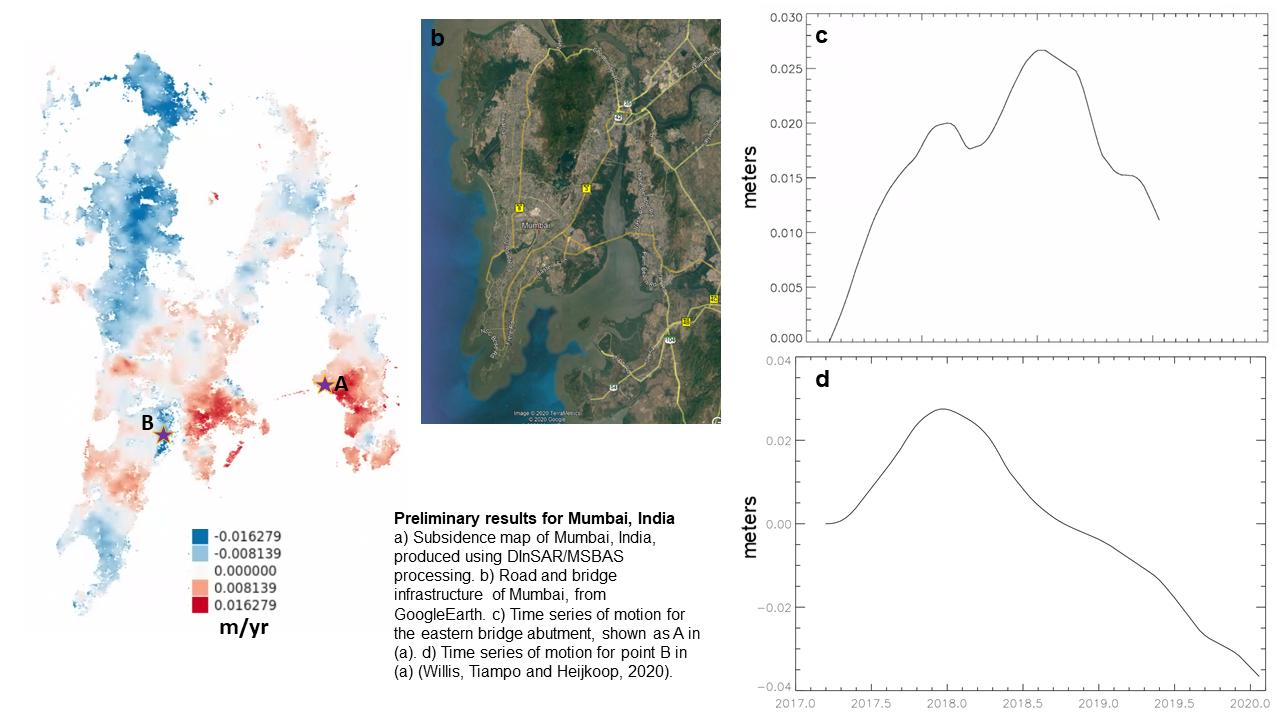Kristy Tiampo
Professor of Geological Sciences, Director of ESOC
- Ph.D., University of Colorado at Boulder, 2000
- BSc, Tufts University, 1983
- MSc, Stanford University, 1984
Research Interests
My research focuses on understanding the processes that govern natural and anthropogenic hazards, such as earthquakes, induced seismicity, volcanoes, flooding, landslides, ground subsidence and sea level rise, using a combination of remote sensing data, computational methods and geophysical models. These studies incorporate big data sources such as space-based synthetic aperture radar (SAR), differential interferometric SAR (DInSAR), GPS data, seismicity and gravity, in order to provide insights into the nature and scale of these hazards. We investigate the implications for and consequences on infrastructure and society. Specific projects focus on improvements in the quality of those data, development of innovative analysis techniques and applications that inform mitigation efforts and improve resilience.
Current Research
Sinking Cities
As a member of NASA's Sea Level Team, we are studying the impact of local and regional subsidence on coastal megacities using high-resolution DEMs and DInSAR maps of long-term subsidence. We combine 2-m posting Digital Elevation (DEM) and Surface Models (DSM) with satellite laser altimetry and Differential Interferometric Synthetic Aperture Radar (DInSAR) observations to predict tidal inundation under a series of sea level rise scenarios. We derive vertical land motions in and around cities using DInSAR, tied to GNSS rates of absolute motion where possible. We investigate the combination of geodetic techniques to improve predictions of extent and depth of inundation at and around coastal megacities around the globe. Early studies include Mumbai, India, Lagos, Nigeria and Barranquilla, Colombia, coastal cities undergoing local and regional subsidence as a result of natural and anthropogenic changes.
Near Real-Time Volcano Monitoring
Earthquakes, tsunamis and volcanoes pose natural hazards on nearly unimaginable scales and compel geoscientists to find new ways to better understand the processes that cause them and to mitigate their effects on population and the built environment.
A four-organization collaboration (UNAVCO, University of Colorado, University of Oregon, and Rutgers University) is developing a data framework for generalized real-time streaming analytics and machine learning for geoscience and hazards research called GeoSCIFramework: Scalable Real-time Streaming Analytics and Machine Learning for Geoscience and Hazards Research. This work will support rapid analysis and understanding of data associated with hazardous events (earthquakes, volcanic eruptions, tsunamis). This real-time processing system will be capable of handling a large mix of sensor observations using automated detection of natural hazard events using machine learning, as the events are occurring.
Natural catastrophes occur at a variety of spatial and temporal scales. In particular, solid earth hazards, such as large earthquakes and volcanic eruptions, often have very long interevent times and this makes it difficult to forecast their behavior. Our part of the project pulls in multiple data sets to address the long- intermediate- and short-term forecasting of these types of events. Test sites include the Yellowstone magmatic center and the Hawaiian island volcanoes (Kelevitz et all., 2021).
Induced Seismicity
In one of several induced seismicity projects I collaborate on, we identified the first frack-induced earthquakes in North America. Induced seismicity is largely caused by the disposal of wastewater produced during oil and gas operations. Up until this work, the direct triggering of events by fracking itself was considered rare or even nonexistent. This result provides new insights into the mechanisms surrounding induced seismicity. Our most recent project includes seismic and DInSAR studies of the Raton Basin, on the Colorado/New Mexico border.
Research Categories
Energy, Solid Earth, SpaceResearch Images
to
Invalid date -Sponsors
-
Invalid dateP.I.(s)
About CECA
CECA connects and creates a supportive environment for graduate students and postdocs who come from various academic units to do research in CIRES.

